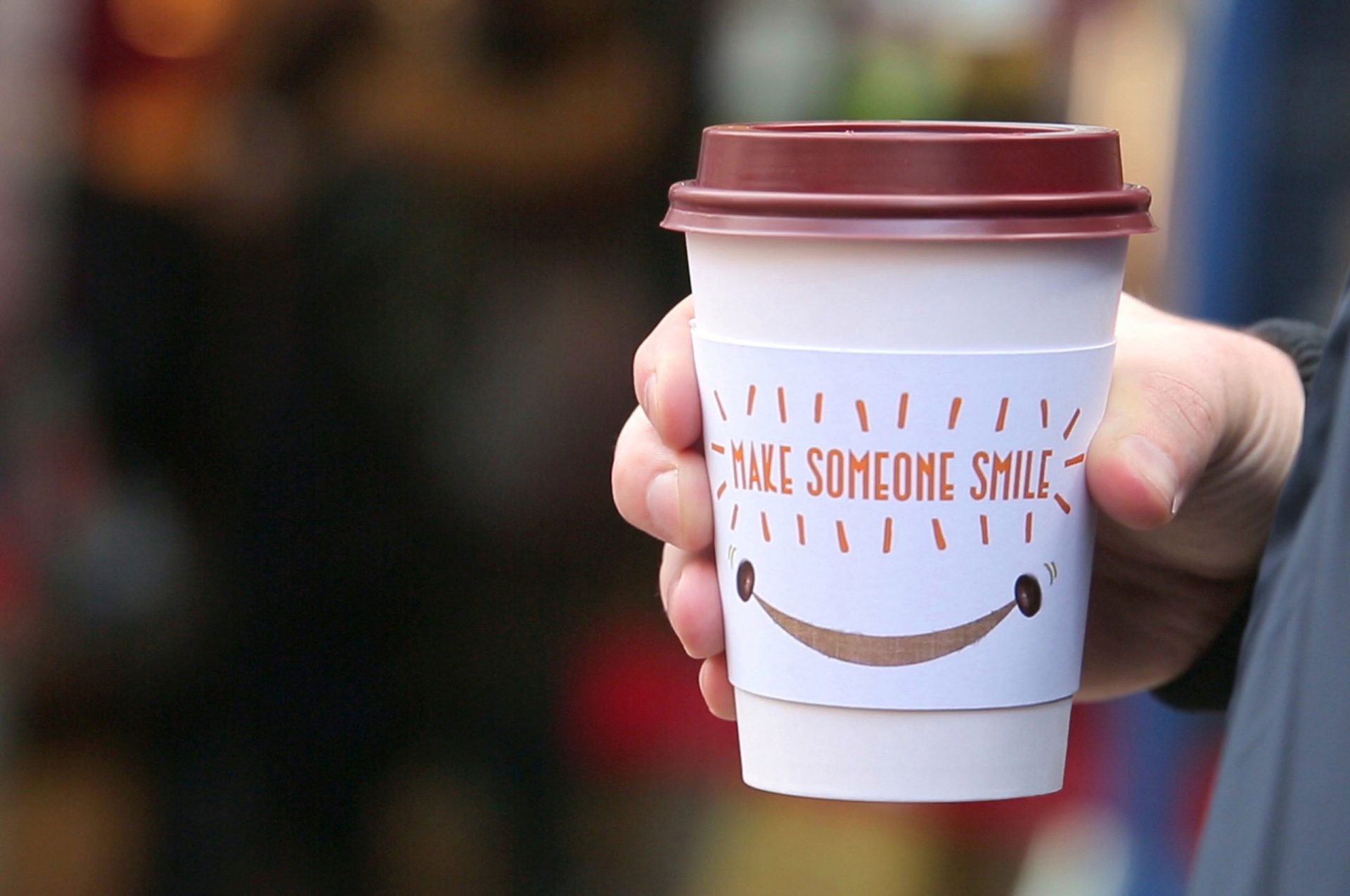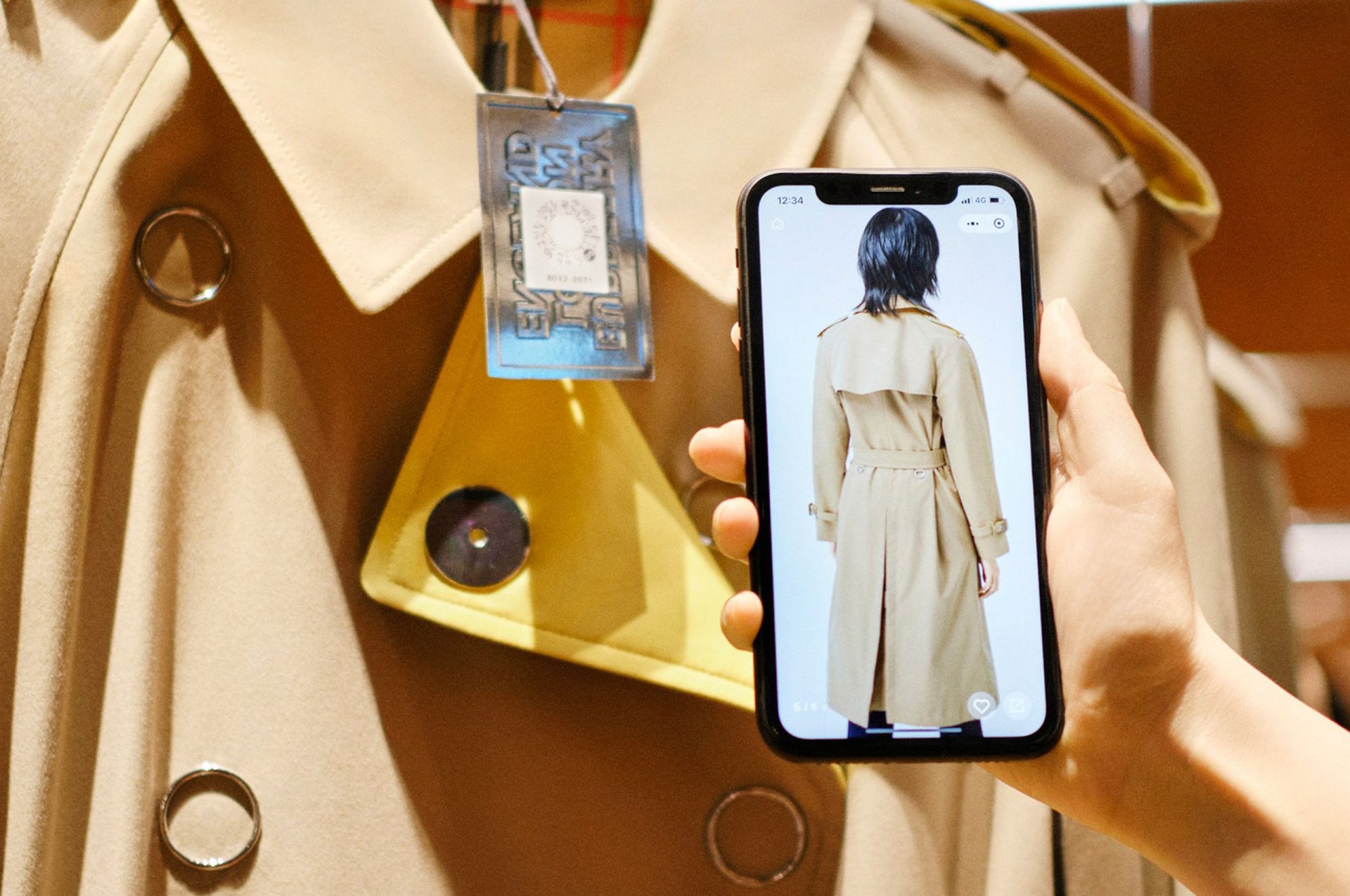

As it was set out in B. Joseph Pine II and James H. Gilmore’s The Experience Economy, the natural trajectory of economic value after making goods and delivering services was, and remains, the staging of experiences.
As much as we may dream about the possibilities of life after lockdown and what we are going to do once restrictions are fully lifted, there is a risk that when we go back into the real world, the processes put in place to meet safety and hygiene requirements could end up bursting the ephemeral bubble that is a great brand experience.
Ultimately it comes down to whether the experience offered provides a high enough value to warrant the inconveniences that safety requires. Given the number of questions that a post-COVID audience will have to ask themselves before they even decide to go to a retail, leisure or hospitality destination – Can I travel there easily? Will I be safe? Is it really worth it this year? – this sets a high benchmark.
While some may claim that there is little place for enjoyment when the global context is as challenging as it has been, many consumers will fight for the right to a good time – which is in essence our basic human needs for variety and connection – when and where we can. To create a brilliant experience post-COVID starts with understanding how experiences are measured in the minds of our audiences.

According to psychologist and economist Daniel Kahneman, experiences are not evaluated based on their totality; rather, they are evaluated based on our memory of that experience, and it is those memories that have a lasting hold on us. What’s more, these memories are not formed by an equal evaluation of each passing moment but by what we think, feel and sense at the start of an experience, its peak moments, and by the impression created at the end. We take these elements, create a narrative, and store it in our mental archives.
One of the key drivers of memorable experience is moments of surprise, just as the best nights are often unplanned and one great conversation can turn around a whole evening. As one of six primary human emotions surprise causes a dopamine release in our brains and is highly addictive. No wonder then that the days under lockdown appear to meld into one another and many people have reported being less sharp than they used to be – we lack the dopamine hit of surprise and are suffering withdrawal symptoms. In their book ‘Surprise: Embrace the Unpredictable and Engineer the Unexpected’, US surprisologists Tania Luna and Dr LeeAnn Renninger point out that surprise has a big impact on customer loyalty and word of mouth – we share 90% of our surprise experiences and the more surprising the story the further it spreads.

One of the challenges for post-COVID destinations is that consumers will expect more from their experience than just a return to the pre-pandemic status quo. Brands that will win are those that combine safety and surprise. On the small scale it could be the moment a visitor receives a drink on the house, as with Pret’s random acts of kindness. Equally, it might be a digital surprise, such as TikTok using LiDAR-powered augmented reality to bring a burst of virtual confetti into our celebrations at home.

On the larger scale surprise could be Burberry’s social retail store in Shenzhen, which opened in August 2020 and connects customers with personalised experiences, part of which involves an animal character that evolves the more they shop in store and interact with the brand via social media, unlocking new characters and cafés menu items. Or it could be the Hippodrome Casino in London which has used the lockdown period to build a magnificent 3-storey rooftop terrace for al fresco gaming and hospitality. A classic example of a safe and surprising experience for post-COVID visitors.